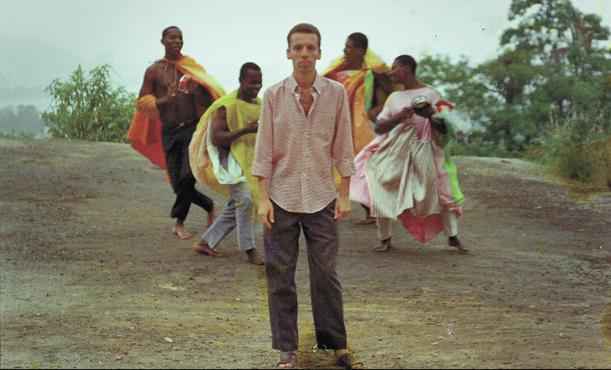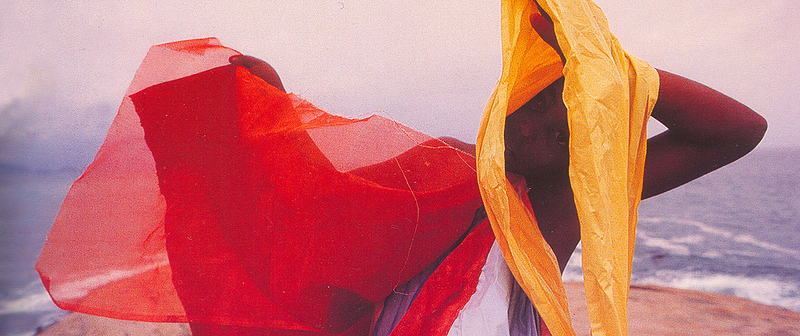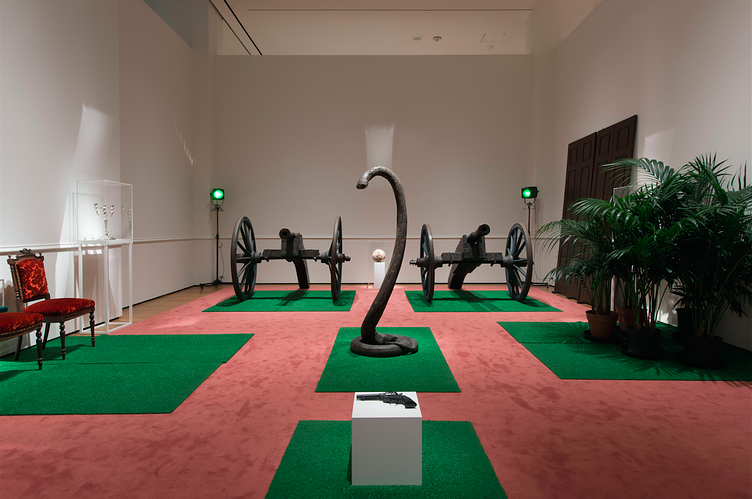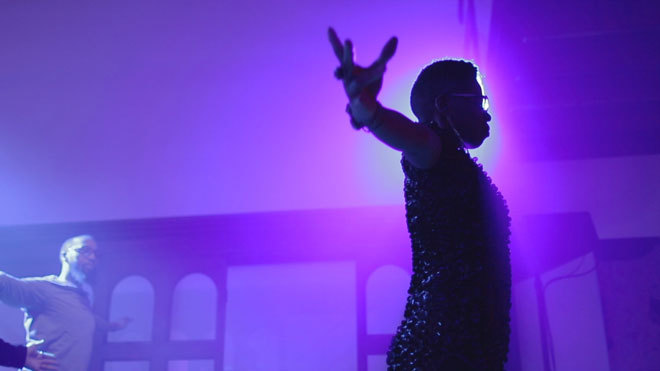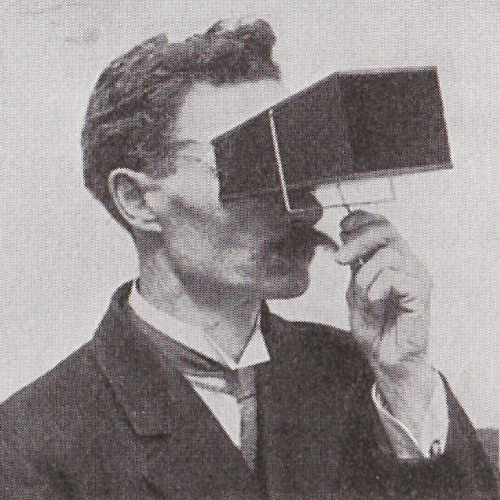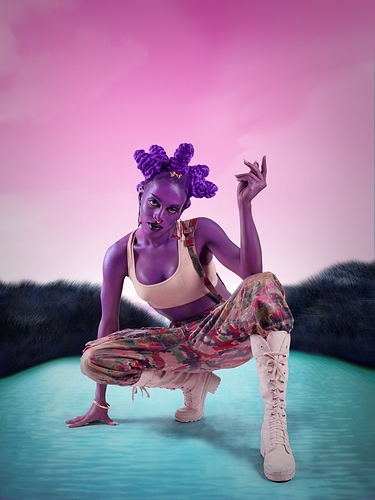Kerry James Marshall, A Portrait of the Artist as a Shadow of His Former Self (1980)
Drew introduces herself to the audience as a digital native, born in 1990, she received her first computer in 1996. Her professional narrative begins at the Studio Museum of Harlem where she was an intern for Director and Chief Curator Thelma Golden. There she encountered the work of Basquiat and other significant black artists. To expand her knowledge base, Drew turned to Tumblr as the platform for producing a collaborative archive of recent art by people of African descent:
a place for art by and about people of african descent. this tumblelog
does not claim the rights to any of these images. this tumbelog was
initiated by museummammy in 2011 …
Drew acknowledges that Black Contemporary Art and subsequent projects furnished her with a degree of internet fame. Now Drew is the Social Media Manager at the Met, a position recently created at the venerable 19th-century institution. In fact, most appraisals of existing museological structures recognize social media and the internet as a primary driver for institutional restructuring. New audiences can now be reached through optimizing an encyclopedic collection as content. Through tagging and metadata, analytic tools allow the web to come alive as a semblance of populism and engagement.
These are not the rules that structured categories for traditional museum collections. Because of the internet, many hierarchies and identities are in the process of becoming less fixed – and it appears to be this disruptive power (to create change in the world) which motivates Drew in her work. "I think a lot about optimizing. How using the proper hashtag can really help someone else,” she says. Meanwhile this algocracy also impacts museums in ways that are yet unknown. To understand these transformations as a mere expansion of consumer marketing is reductive and outmoded at a time when being outmoded might be the biggest fear for museums.




